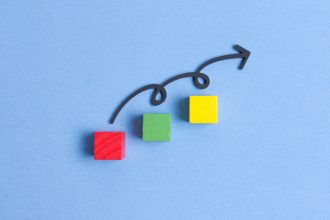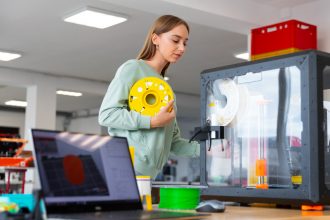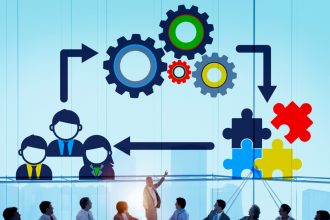Integrating Modern Technologies into Traditional Work Environments: Strategies for Seamless Adoption and Cultural Harmony
In today’s fast-evolving business landscape, technological innovation is disrupting every industry—from manufacturing and healthcare to education and retail. For many organizations rooted in long-standing practices, the challenge isn’t just about catching up with the latest tools but doing so in a way that feels organic, respectful of existing cultures, and supportive of their core strengths. Successfully blending modern technologies with traditional work methods requires more than merely installing new software or hardware; it demands a strategic approach that fosters a mindset of progress while honoring the values and experiences that have shaped the organization over years or decades.
This integration process hinges on understanding both the capabilities offered by current technological advancements and the nuances of organizational culture. Leaders must evaluate which digital solutions genuinely add value—whether by increasing efficiency, improving communication, or enhancing collaboration—without displacing crucial established practices or alienating experienced employees. The goal is to build a hybrid workflow where tradition and innovation complement one another, creating a resilient environment capable of adapting to change while maintaining organizational integrity.
Practical strategies involve conducting comprehensive assessments to identify technological solutions that naturally integrate with existing workflows. For instance, simple digital tools like shared calendars, digital documentation, or basic project management platforms can significantly streamline manual processes without disrupting familiar team interactions. Training programs tailored to different comfort levels with technology are equally essential, as they help ease the transition and build confidence among employees who may be wary of change. Encouraging open dialogue and feedback solidifies trust, allowing concerns to be addressed, resistance to be mitigated, and a sense of shared ownership over the transformation process.
Establishing clear policies and best practices around the new tools ensures consistency and reduces confusion, while ongoing support and refinement keep the integration aligned with evolving needs. Celebrating small successes and sharing success stories within the organization can bolster morale and demonstrate the tangible benefits of modern tools—showing staff that technology exists to enhance, not diminish, their expertise and daily routines.
Practical Approaches for Harmonizing Cutting-Edge Technologies with Established Work Practices: Building a Contemporary yet Respectful Workflow Ecosystem
Transitioning toward a hybrid model that marries modern technology with traditional methods may seem complex initially, but the potential payoffs are substantial. For example, organizations can begin by introducing digital project management platforms that improve clarity and accountability while still relying on scheduled meetings and personal communication. This ensures that workflow adjustments feel natural and incremental.
Central to this process is thoughtful, inclusive planning. Engaging staff at all levels in the decision-making process uncovers practical insights, fosters buy-in, and helps tailor solutions to real-world needs. For example, frontline workers often have firsthand knowledge of how processes work and where inefficiencies lie, making their involvement invaluable when selecting new tools or designing training modules.
Training should be tiered, combining hands-on practice with ongoing coaching, so that employees across different familiarity levels feel supported. Providing user-friendly guides, creating peer mentorship programs, and offering continuous learning opportunities help embed the new ways of working without overwhelming staff.
Clear guidelines serve as anchors—highlighting best practices, establishing boundaries for technology use, and clarifying how digital tools should complement existing routines. Regular feedback loops help quickly identify issues, allowing for adjustments before problems escalate. Recognizing quick wins and sharing success stories within the organization encourages ongoing enthusiasm and commitment.
Ultimately, the aim is to craft a harmonious workflow ecosystem in which digital innovations serve as enhancements to the skills, craftsmanship, and relationships that form the organization’s backbone. When executed with patience, strategic planning, and empathy, this approach results in a resilient structure that respects tradition while embracing progress. It prepares organizations not just to survive but to thrive, equipped with a flexible, innovative mindset poised for future challenges.
Conclusion
Combining modern technologies with traditional work methods isn’t about replacing human expertise or legacy practices but about creating a balanced ecosystem where innovation amplifies organizational strengths. By adopting a nuanced, inclusive approach—grounded in assessment, training, communication, and continuous improvement—organizations can forge a seamless integration that respects their roots while embracing the future. In doing so, they position themselves to adapt swiftly to changing market demands, enhance employee satisfaction, and unlock new avenues of growth—all while maintaining the cultural integrity that has contributed to their success over the years.










